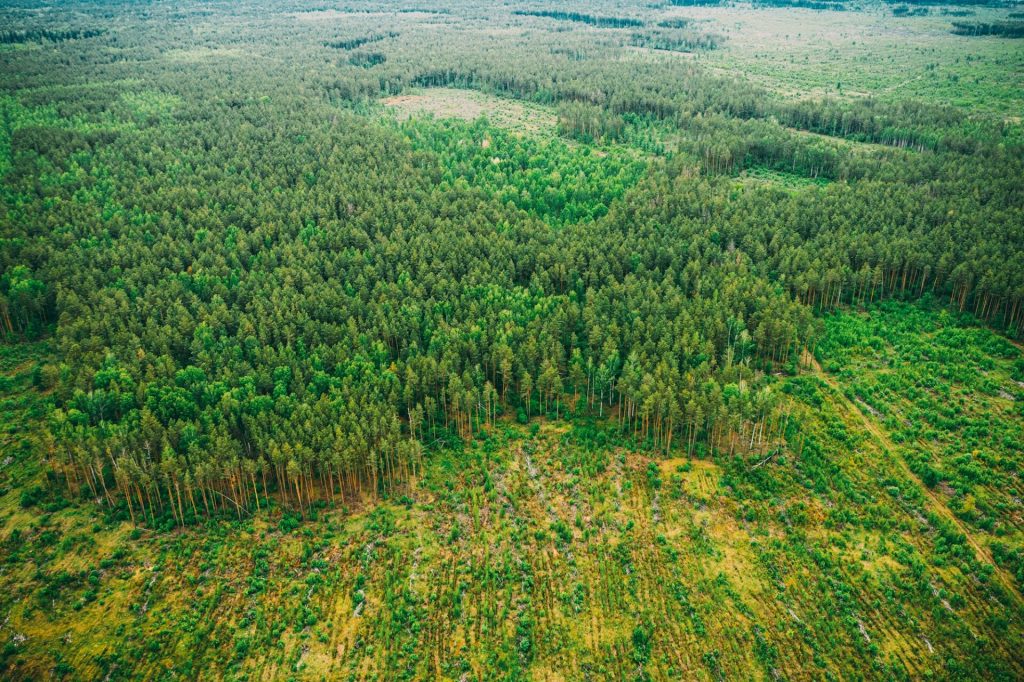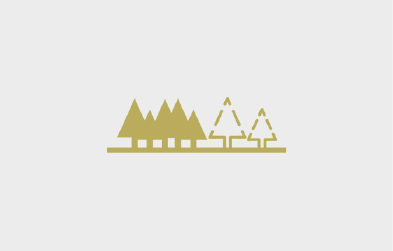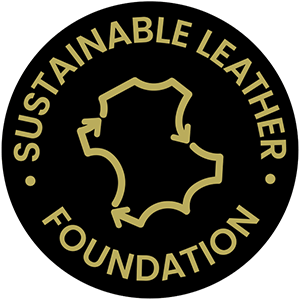Deforestation & Biodiversity
The Dangers Of Deforestation And Importance Of Biodiversity In The Leather Industry
Within the leather value chain, the risk of deforestation exists, in some geographies, due to land use change and conversion of natural landscapes for agriculture expansion and livestock grazing. The hides and skins of livestock, as a by-product of meat production, provide the raw material from which leather is manufactured and, without livestock the leather industry would not exist.
The responsibility of this upstream element primarily rests with farmers, ranchers and meatpackers. However, consumers should be able to know about the integrity of their leather products and that the leather industry cannot tacitly accept deforestation through opaque or undisclosed raw material sourcing.
Responsible sourcing is a governance requirement of the whole leather value chain.
Agriculture, cattle grazing and farming can have both a negative and positive impact on biodiversity: negative through land conversion, land degradation and loss of habitat, and positive through adequate soil management and control of dominant species that could otherwise eradicate smaller species.
The Sustainable Leather Foundation (SLF) believes that through due diligence and respecting the natural balance of ecosystems, the leather industry is well positioned to be a positive driver for a sustainable cycle of production that safeguards against the
exploitation of people and finite planet resources. This page will outline the Foundation’s position on how the leather value chain can work together for a more sustainable industry that respects forests and land.

Challenges
Halting deforestation does not have a one-dimensional solution and commitments are sometimes framed in affirmative terms such as “forest positive”, “net positive” or “regenerative”. It is a complex issue that includes conserving biodiversity, carbon stocks and ecosystems, while supporting sustainable livelihoods and increasing equity through respect for human rights.
Human societies and forests are interdependent, not just for assurance of sound planetary resources for future generations, but for the millions of people whose livelihoods depend directly on forests for food, fire and shelter. Globally, society also uses wood in everyday living for furniture and other consumables, and even in the leather industry, bark is used for tanning. Finding a balance that allows for the sustainable use of forests without over-use and depletion is the key to a sustainable future.
It is estimated that human impacts have already led to the loss of around 40% of the world’s forests. And we are losing forests at a rate of 10 million hectares per year.
With agriculture and forestry commodities driving the majority of tropical deforestation, hundreds of companies that produce or source products have already made commitments to halt deforestation associated to their supply chains. Many of these companies, including major brand owners, committed to eliminate deforestation by 2020. However, forest loss is still as high as ever, and in fact was 12% higher in 2020 than the year before and well above the 2010-2015 baseline.
Perhaps the easiest solution would be to eliminate high risk geographies from the supplier base (i.e. “We’ll stop buying raw material from Brazil”) but in reality, that approach does not address the problem at the source or drive any meaningful or measurable positive transformation. This strategy would delegitimize farmers, businesses and communities committed to environmentally sustainable production, and local communities would see significant negative social and
economic impacts.
Other unintended consequences of this strategy are either to drive the sale of Brazilian hides underground, through gray channels, with supply chains therefore becoming even more opaque, or it could result in meatpackers having to bury surplus leather in landfills, with a significant environmental impact.
Solutions
SLF believes that solutions should take a comprehensive approach, building social, environmental and economic sustainability, whilst recognising the scale of the challenge and approaching it with a vision of protecting and sustainably managing our essential resources.
SLF is committed to providing a mechanism that works collaboratively with the leather value chain. Our step-wise approach includes evaluation first, through robust traceability, and then the encouragement of partnerships with brands, tanneries, meat packers, farmers, NGOs and governments to find real solutions for the long term.
SLF believes that the best way to feasibly reduce the harm to our planet and promote biome-wide transformation is to work directly with the organisations and farms and facilitate transformative change systematically from within high-risk areas.
Any solution will require full adoption and close collaboration across industries and sectors. The Sustainable Leather Foundation is actively fostering development of relationships with stakeholders for this unified approach.
The Sustainable Leather Foundation’s tools provide a mechanism to enhance transparency that works throughout the leather value chain. By working with industry and non-industry stakeholders, the SLF toolbox provides metrics, traceability and transparency to actors according to their abilities.
This will provide a critical infrastructure to scale sustainability solutions by providing accurate assessments of current sustainability performance.
The Sustainable Leather Foundation’s audit standard is built on 5 levels of traceability under which value chain partners are assessed. These levels range from a simple manual, documentation-based chain of custody, through to an electronic system with full lifecycle passport, auditable and verifiable information about birth farms.
SLF’s Transparency Dashboard™ will clearly indicate a value chain partner’s ability to demonstrate their own traceability on a 1-tier up and 1-tier down approach. Through the electronic system behind the Transparency Dashboard™, each tier will be connected without the need to disclose commercially sensitive data to other value chain parties.
Get Involved
For more information contact us on the button below:

Deforestation and Biodiversity at a glance:
Deforestation is defined by the United Nations as “The direct human-induced conversion of forested land to non-forested land”.
Biodiversity is defined as “The variability among organisms from all sources including terrestrial, marine and other aquatic ecosystems and the ecological complexes of which they are part; it includes diversity within species, between species and of ecosystems”.
